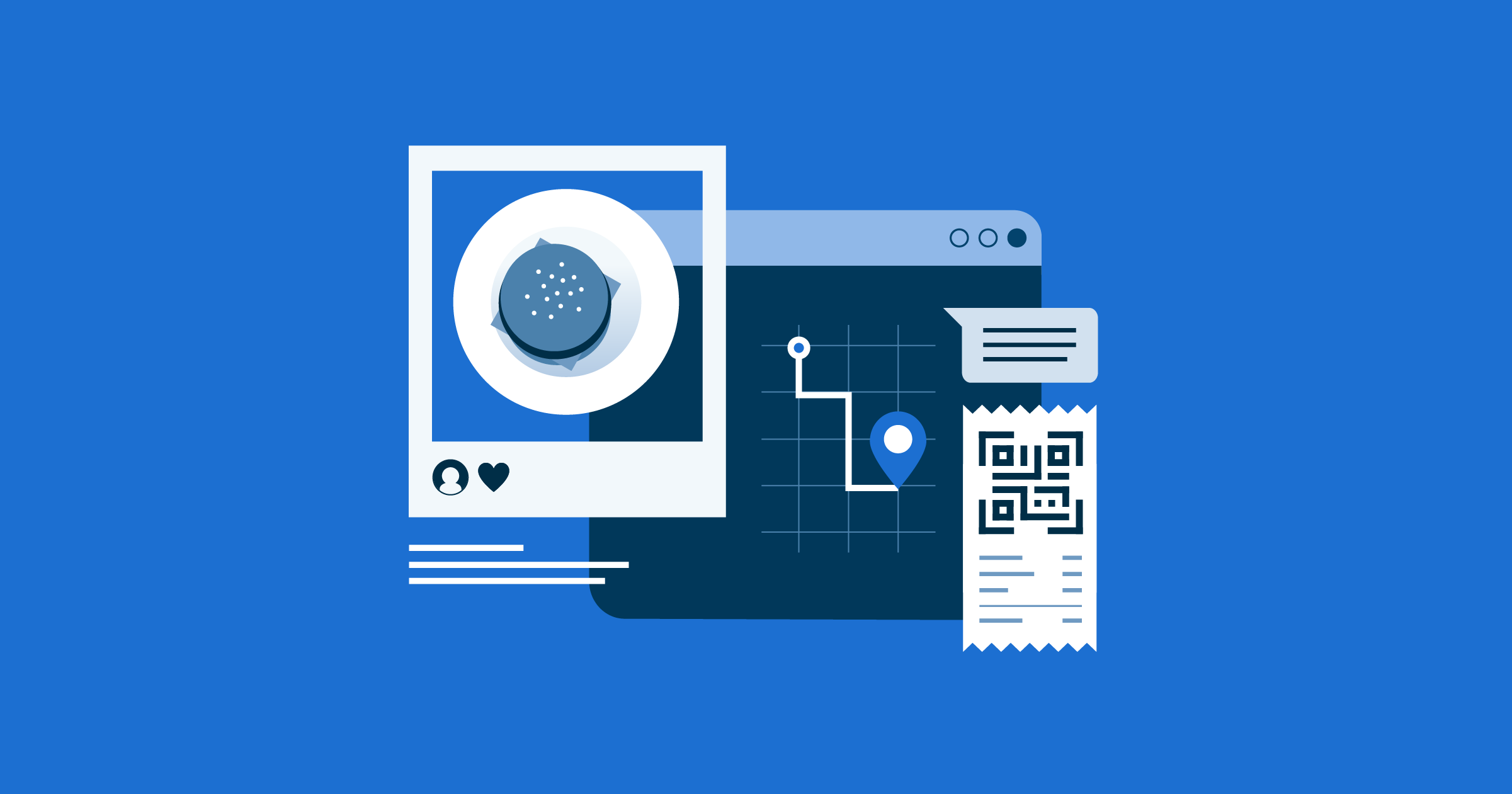Systems for bars and restaurants might have been one of the key factors in helping businesses gain efficiency in management. In this article, we will look at some recent technology that can be used to cover different tasks and processes involved in the bar and restaurant business.

Dans cet article
The recent health crisis might have changed the way restaurants and bars operate. As per the information published on the official website of NSW, ‘there are no restrictions on the number of people allowed at hospitality venues or nightclubs’. This observation might indicate that people want to return to their everyday lives safely. Therefore, to comply with the current rules and regulations and maintain social distancing, businesses can take the help of restaurant management tools to digitalise their processes and promote changes in their business models.
Even before the health crisis, bars and restaurants might have been using a variety of applications to automate and optimise tasks. Some of the commonly used software in this area are:
- Payment systems: A system whose primary function is to authorise payments by debit and a credit card or mobile, bridging the gap between the business and the bank.
- Accounting software: A solution that provides tools for managing payroll, accounts payable and receivable, invoicing and general accounting.
- POS systems: A program that helps manage orders, track tables, print receipts and generate reports.
Given the current state of changing situations, restaurant businesses might be implementing certain new types of applications and platforms to make perhaps it more digital. This way, businesses might rely less on physical interaction and optimise specific processes to comply with new regulations.
What is a technology stack for restaurants and bars?
Do you rely on different software to perform your daily tasks? This might be a common practice that many businesses follow, as it might be a separate task to find one integrated business system performing multiple tasks.
Working with standalone tools might mean putting too much time and effort into repetitive tasks. For example, an organisation might be required to register the names of all employees on different platforms for business purposes. A standalone tool, in this case, may not provide much benefit. However, it could be possible to unify all these databases to feed off each other. This is the essence of the concept of a tech stack, sometimes called a “solutions stack”.
A solution stack is a name given to an ecosystem made up of various IT tools that communicate and collaborate to achieve a company’s goals. The applications that are part of the bar and restaurant business tech stack are generally cloud-based and offer third-party integration capabilities.
How can these different tools be integrated?
Integration is the process of combining two pieces of software to make independent applications exchange data automatically, either uni-directional or bi-directional. Building a technology stack might depend on integrating the different platforms that the business uses.
Many cloud-based applications come with native integrations, meaning they are designed to sync with the commonly used software in the market. Using such types of tools might be one of the ways to build your stack.
What if a particular app doesn’t offer native integration with another platform?
Where an application does not offer integration with another platform, it is possible to use the Application Programming Interface ( API ). An API is a set of rules that define how two programs communicate with each other.
However, building these communication paths might require some technical knowledge. If you would not want to spend too much time and effort on this task, you can always turn to an integration platform as a service (iPaaS) solution. This tool is specially designed to find the best way to connect different software.
Designing a tech stack for restaurants and bars
To design your tech stack of systems for a bar and restaurant business, you might first need to identify the appropriate software your business requires. We have prepared this guide to potentially help you determine which tool can well suit your business needs. It might help you to understand the main technological features of the following processes:
- Bar and restaurant management platform
- Food delivery
- Digital business presence (websites and social media)
Bar and restaurant management
In addition to proper staff planning, managing a restaurant might involve having a well-managed inventory and stock management system. For handling such tasks, you can include the following tools:
- I nventory management software: A platform that monitors the stock of each product in your warehouse in real-time and generates reports. This software allows you to calculate your actual stock requirements and make timely purchases, thus helping to avoid stock shortages.
- Work schedule software: A tool for organising work schedules can help you find a balance between maintaining the well-being of your staff and ensuring the smooth running of your restaurant business. With this software, you can manage the staff’s schedules and plan. It also allows you to make immediate adjustments if one of your employees is on leave and another person has to cover their shift.
QR codes for menus in restaurants and bars
As per an article by CNBC, ‘ QR codes have replaced restaurant menus’. The report also mentions how QR codes became more popular for payments, specifically after the pandemic.
One solution could be to create a QR code that customers can scan via a mobile device to access the menu for digital business purposes. Some bar and restaurant software might have such functionality for creating a digital menu.
Food delivery technology stack
In light of the recent pandemic, many businesses might have started offering home deliveries or implemented self-service kiosks. There are tools available to help manage all the tasks involved in this type of service.
- Food delivery software: This software program allows the creation of a portal for customers to order from any internet-connected device and make payments through the same platform. Implementing this solution helps manage a home delivery service.
- Business performance management software: Business management software has tools to assess the performance of a restaurant or bar, bringing together key indicators, financial reports and graphs.
- Kiosk software: Self-service kiosks can be placed at the entrance of an establishment to allow customers to order on their own and without the need to request a table.
Technology stack for a digital business presence
Digitisation also means strengthening the digital presence of your bar or restaurant with the creation of a website and social media accounts. Through these platforms, businesses can offer round-the-clock customer service. Below are some technology in this area that can be used for digital business purposes.
- Website creation software: These tools come with templates, design tools, plugins and other options that make it convenient to create and modify websites. For example, you can adapt your site to the latest trends in user experience using one of these systems. The website can be integrated with food delivery software to offer customers an even more complete service.
- Social media marketing software: Social media is a great way to showcase your products and services to your audience. You can manage your campaigns across these platforms and use metrics to track customer responses with social marketing tools.
- Chatbot software. This virtual assistant interacts with visitors to your website or messaging platform when there is no one to answer them. This way, your customers will always be well informed, which will positively influence the reputation of your business.
Key takeaway
These advanced technology options might help businesses thrive digitally. Adopting such technology might benefit your organisation in working collaboratively and making more intelligent business decisions. Such a partnership between digital platforms that modern technology has provided and the long-standing motto of customer satisfaction can help optimise systems for both bars and restaurants.

